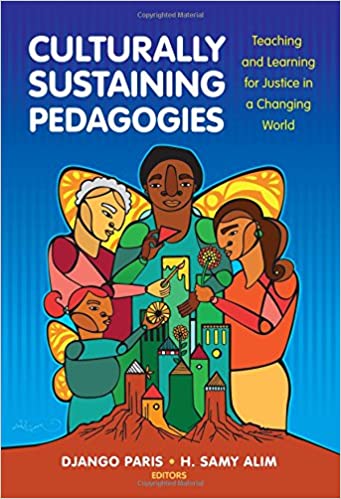Read
For this activity, read “What Is Culturally Sustaining Pedagogy and Why Does it Matter?” from Culturally Sustaining Pedagogies: Teaching and Learning for Justice in a Changing World by Django Paris and H. Samy Alim. A PDF of this chapter was included in the Week 2 email.

Write
Reflect on and respond to the following questions by posting a comment below:
- How would you describe CSP to a colleague?
- What is one example from your own teaching of how you incorporate CSP into your courses?
- Beyond applying CSP to the materials in your courses, in what additional ways might you incorporate CSP into learning experiences and activities in which your students engage?
- How might you include CSP in your ideas for an open pedagogy assignment?

Once again, thinking about Culturally Sustaining Pedagogy has placed me in a position where I have to consider my “blackness”. Inside the classroom, I think students are often overlooking their cultural contribution to the learning environment. When college instructors are engaged with a diverse population of students, they become responsible for plugging in a healthy introduction to culturally appropriated discussion. In the read, I found a close connection to critical race theory.